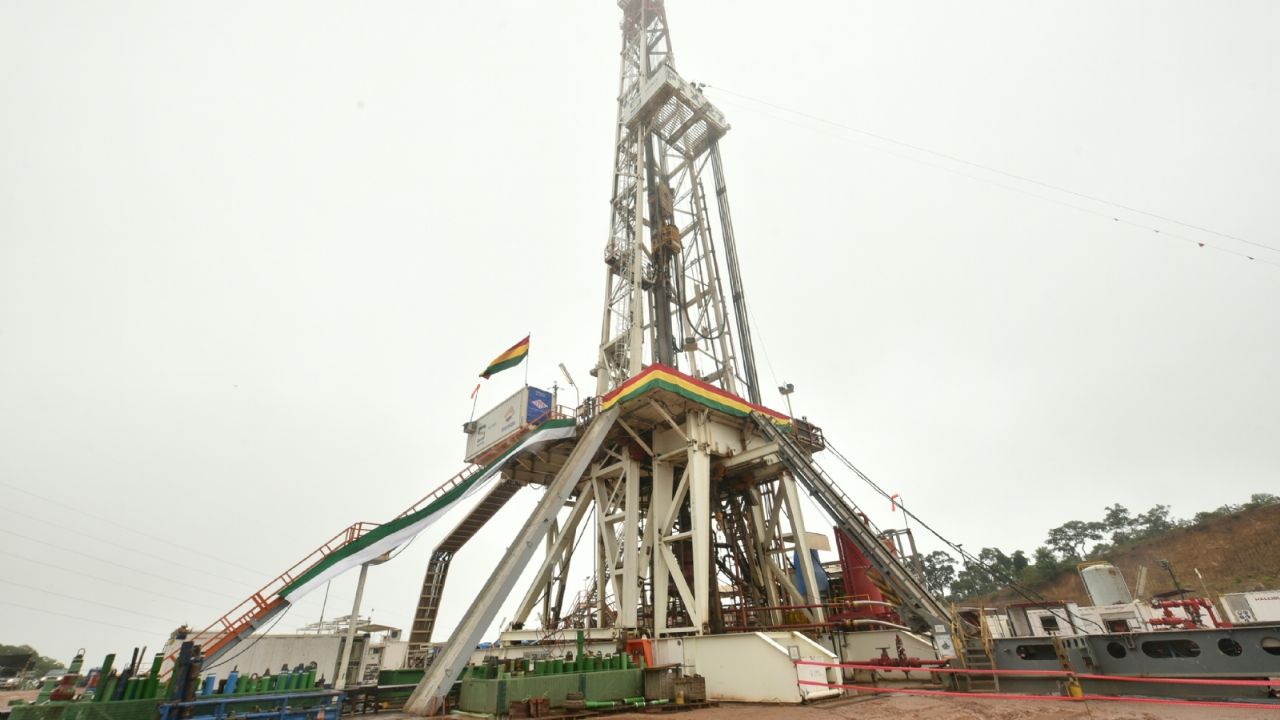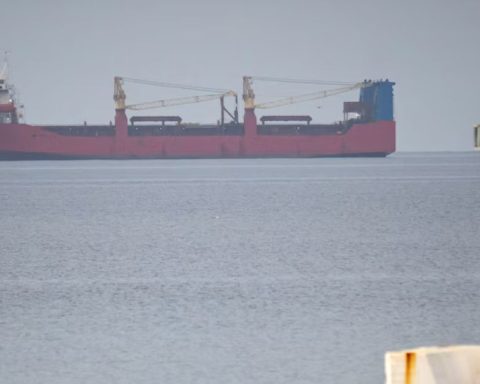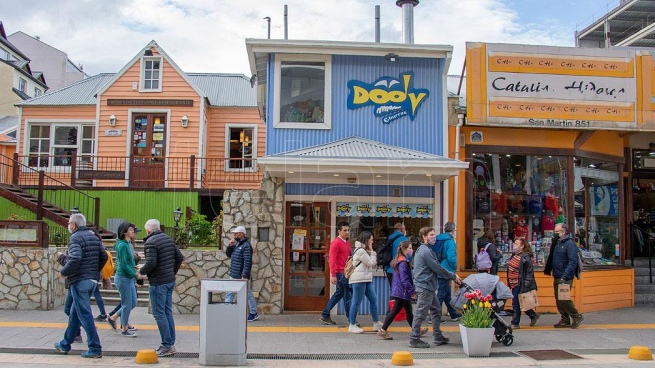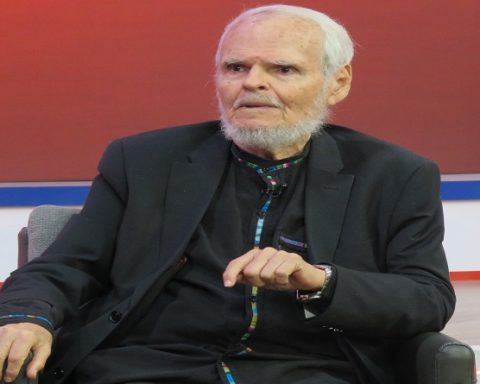Page Seven / La Paz
Investments capitalized by oil companies after reaching a peak of $ 2,132.1 million in 2016, subsequently began to decline. Expert affirms that it takes between 1,000 to 1,500 million dollars a year to increase reserves and increase production,
According to the document “financial information Oil Services Contracts as of June 2021 of Bolivian Fiscal Oil Fields (YPFB), between May 2007 and June 2021 these resources reached 9,389.4 million dollars, including Annex G (investments before 2007 ). (see graph).
The document states that in 2014 the capitalized investment by the operating companies reached 1,098.2 million dollars, then in 2016 the amount reached 2,132.1 million dollars, the highest in the period of analysis. The following year the value falls to $ 298.5 million, in 2018 it rises a little to $ 366.7 million in 2019 to $ 505.5 million.
In 2020 it reported 246.3 million dollars and in June of last year 86.4 million dollars.
By operator, the YPFB document reveals that since 2007 the company that registers the largest capitalized investment is Petrobras Bolivia 2,261.2 million dollars, followed by Repsol E&P Bolivia 1,910.7 million dollars, Total E&P 1,673.8 million dollars, YPFB Chaco 1,494.6 million dollars and YPFB Andina 1,005.5 million dollars.

According to YPFB, the investments listed in Annex G correspond to the assets of all contracts that existed prior to May 2007. “The amount reported from May 2007 to June 2021, corresponds only to investments that were successful in this period of time, since all investments are made at the operator’s risk and expense and are only accounted for in the event of success. Likewise, investments that have not been completed as of June 2021 (works in progress) are not accounted for, ”he says.
Reservoir adds that as a result of the recognition of the investments capitalized by the operators, the amortization of the assets that have been capitalized (that is, they have been successful) is recorded as Recoverable Cost.
The former Minister of Hydrocarbons, Alvaro Ríos, explained that capitalized investments decrease as of 2016 due to the fact that companies report lower amounts mainly in the development of fields and infrastructure to increase the production of hydrocarbons.
This comes mainly from the 4 megafields discovered more than two decades ago: San Alberto, San Antonio, Margarita and Incahuasi.
According to the expert, it is necessary to drill 20 to 25 wells per year with an average investment of 40 to 70 million dollars per well. “That is why we need 1,000 to 1,500 million dollars per year of continuous investment between YPFB and private companies. Brazil still needs gas and this has to be the engine that should drive exploration together with a tax system that provides greater incentives, “he said.
The former Secretary of Hydrocarbons of the Government of Santa Cruz, José Padilla, said that in recent years not only gas production has begun to decline, but investments in the hydrocarbons sector due to lack of legal security and adequate incentives.
“There are no incentives for companies to invest, some incentive decrees were not attractive. There is no interest because there is no security, there is no new investment law that allows promoting more investment in the sector, “he said.
Data from the Central Bank of Bolivia (BCB) reveal that gross foreign investment in hydrocarbons fell from 208 million dollars in 2019 to 156 million dollars in 2020. In the first half of 2021 it reached 188 million dollars. YPFB announced for this year an execution of 500 million dollars.













